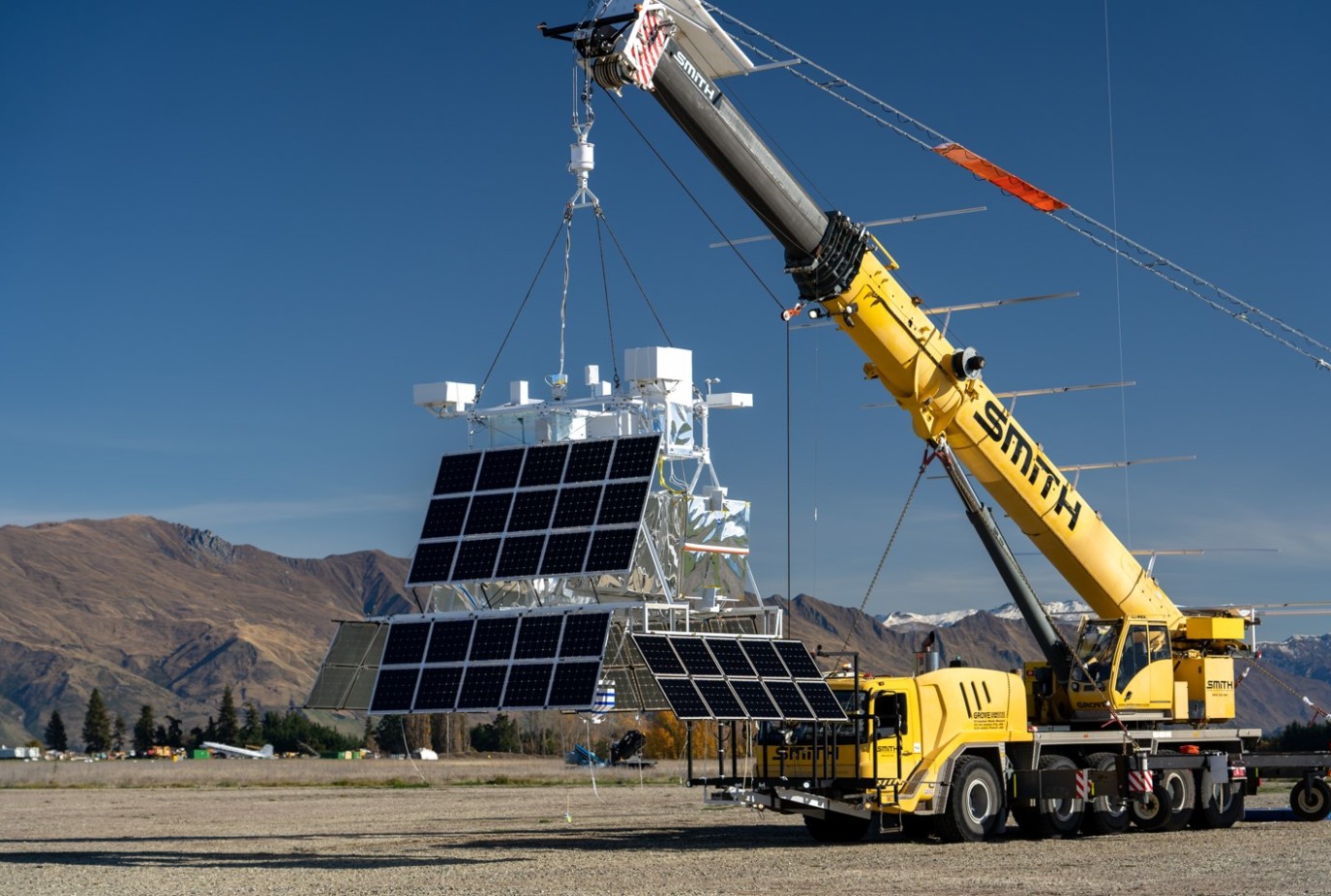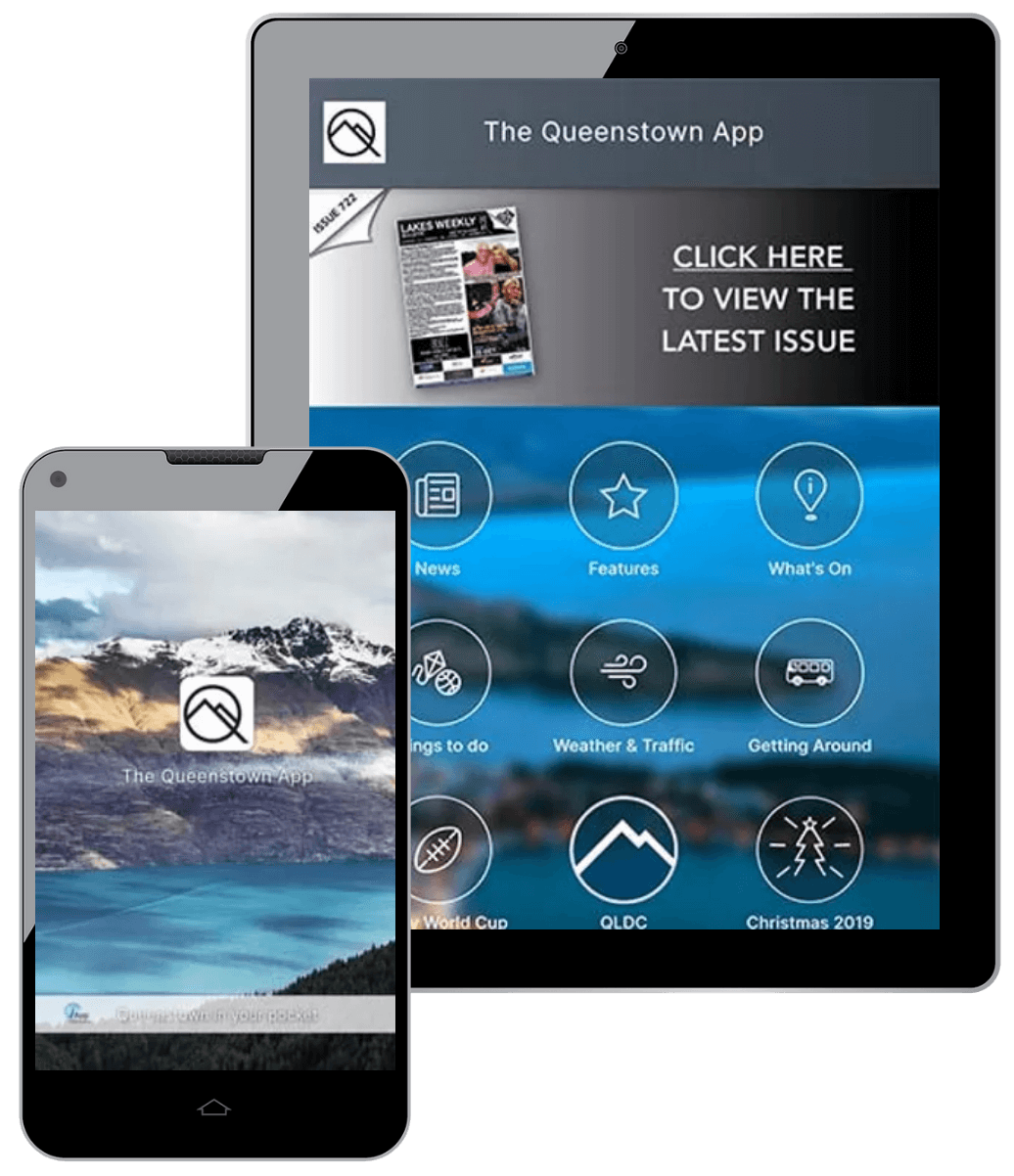NASA balloon crashed into ocean

NASA has crashed its second super pressure balloon (SPB) into the Pacific Ocean after it developed a leak.
The SPB, carrying the Extreme Universe Space Observatory 2 (EUSO-2) payload, was successfully launched from Wānaka Airport at noon on Saturday.
But during the day-long flight, the SPB began experiencing a leak and attempts to troubleshot the problem by dropping ballast to maintain the balloon’s altitude failed.
The determination was made to safely terminate over the Pacific Ocean. NASA will investigate the cause of the anomaly.
"This is an unfortunate end to the mission and we will investigate the cause to help us continue to improve the super pressure balloon technology," Debbie Fairbrother, NASA’s Scientific Balloon Program chief, says.
NASA conducted a thorough environmental analysis of an open-ocean landing before beginning its mid-latitude flight program in 2015.
The open-ocean flight termination procedure makes use of the two-ton flight payload as an anchor to pull the entire balloon flight train to the bottom of the ocean as quickly as possible.
In this way, the balloon does not remain in the primary water column zone where most marine species are known to live, minimizing environmental impacts.
The first super pressure balloon carrying SuperBIT continues to perform nominally on its fourth revolution of the Southern Hemisphere. That mission launched on Sunday, April 16, and has already completed three revolutions about the Earth's southern hemisphere flying at about 108,000 feet.
The 18.8-million-cubic-foot (532,000-cubic-meter) balloons are helium-filled and about the size of a rugby stadium, when fully inflated at operational float altitude.
The balloons' flight path is controlled by the wind speed and direction at float altitude, spend most of their time over water.
The EUSO-2 on balloon two was set to detect ultra-high energy cosmic-ray particles from beyond our galaxy as they penetrate Earth's atmosphere, helping to solve the mystery of their origin. The goal of the mission was also to test and qualify the SPB technology for flight.
Real-time tracking at www.nasa.gov/balloons and across NASA’s social media platforms.









